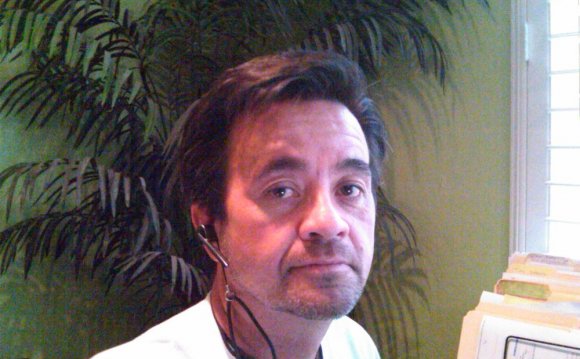
 #1 Choose perennial plants - $10 to $50 Perennials save you money because they come back every year, whereas annuals have to be replaced every year. Perennials can last for years and sometimes require less maintenance. They come in various colors, shapes, and sizes. You can invest in perennial flowers or shrubs, depending on what you need. Some perennials to choose from include:
#1 Choose perennial plants - $10 to $50 Perennials save you money because they come back every year, whereas annuals have to be replaced every year. Perennials can last for years and sometimes require less maintenance. They come in various colors, shapes, and sizes. You can invest in perennial flowers or shrubs, depending on what you need. Some perennials to choose from include:
- Catmint
- Saffron
- Daisies
- Sage
- Poppy
- Lavender
- Agave
#2 Plant more native species - $10 to $100
To keep maintenance down, lean towards putting more native species in your landscape. Native plants have acclimated to the climate conditions, which means they need less care. This also means they don't attract pests or problems that exotic species do. To learn what plants are native to your area, check with a local nursery or a lawn care professional you trust. They will know what to recommend. Landscaping professionals, in particular, can look at your soil conditions and how the sun hits your lawn to determine which plants will thrive best.
#3 Install soaker hoses - $20 to $40
Instead of watering plants every morning or relying on sprinklers, think about investing in soaker hoses. Sprinkler water sometimes evaporates before it can fully cover your plants. Soaker hoses, on the other hand, release water near roots so plants get the nutrients they need. This will save you money otherwise spent on a sprinkler system or hand watering every day, which will cut down your water bill significantly.
#4 Invest in a young tree - $100 to $150
Trees are highly beneficial, not only to your yard but also your home. If you install a tree near your home, it can lower your air conditioning costs. Instead of buying and planting a grown tree, invest in a young tree. They're far less expensive and easier to handle - and it's a long-term investment that pays back. If it has fruit or flowers, that will be an added benefit to your landscape. Just be sure to pick a species that won't grow too long and damage your home exterior. If you aren't sure about what kind to get, ask arborist questions so you know what maintenance and care goes into different species.
#5 Seed or sod a lawn - $200 to $400
Whether to seed or sod a lawn depends on your square footage and how much time you want to invest in maintenance. Seeding a lawn is far less expensive in terms of materials. Sod is more expensive to install, but you'll get a lawn faster. You do the same amount of preparation to get seed and sod established - mulching, fertilizing, raking, etc. Sod takes more time and labor at first because you have to lay down each roll. Seed takes more time and maintenance in the long term for it to grow.
#6 Replace lawn with rocks/pebbles - $50 to $100
If you don't feel excited about a seed or sod lawn, you can go with rocks and pebbles instead. Adding stones or boulders to your landscape is simple and less expensive, depending on the square footage. You can then add some shrubs and plants to make it look more natural. You have your pick of rocks and pebbles from landscape materials suppliers, so you can find a type to match your home exterior. Whether you want real rocks or plastic/composite ones, the possibilities are just about endless. And the best part is, it's basically zero maintenance - all you have to do is move them back into place should you see a hole form.
#7 Add stepping stones - $20 to $100
Stepping stones are a great addition to a stone or green lawn, especially if you need to connect two elements of your landscape with a pathway. You can do this in a wide variety of ways, whether it's digging holes and laying in a mixture of cement, buying stones and installing them in your yard and so forth. Because this can be a labor-intensive task, you might need a stone professional's help. It just depends on the size of the stones and the look you're going for in the yard.
new website https://goo-gl.ru/
YOU MIGHT ALSO LIKE












